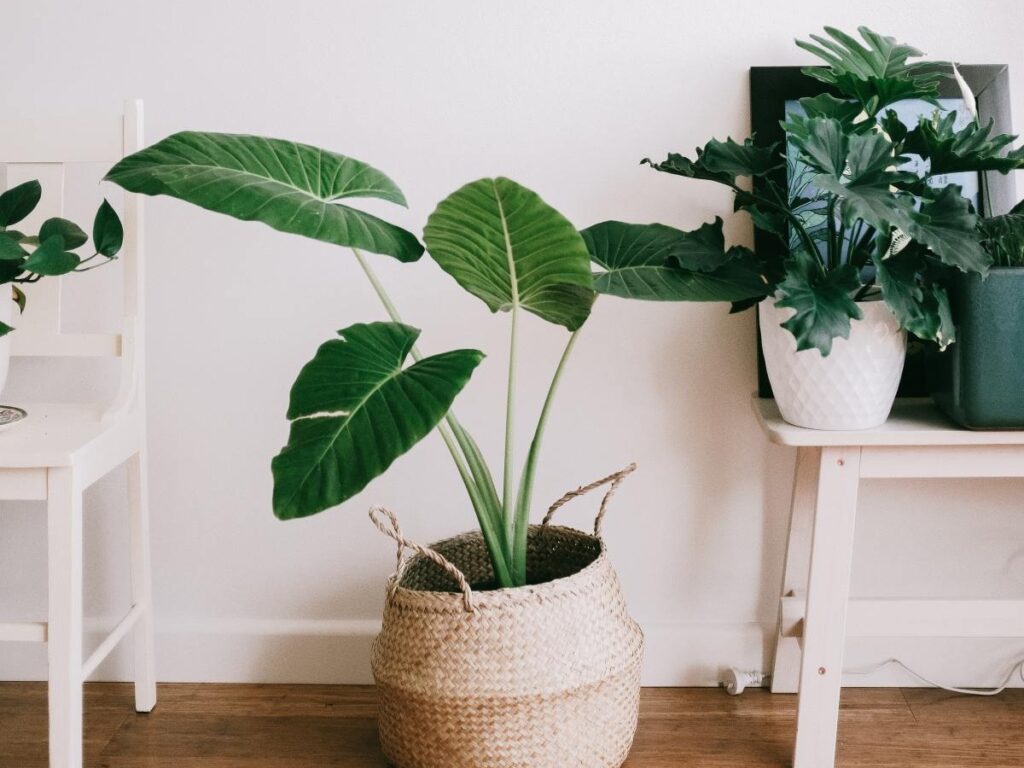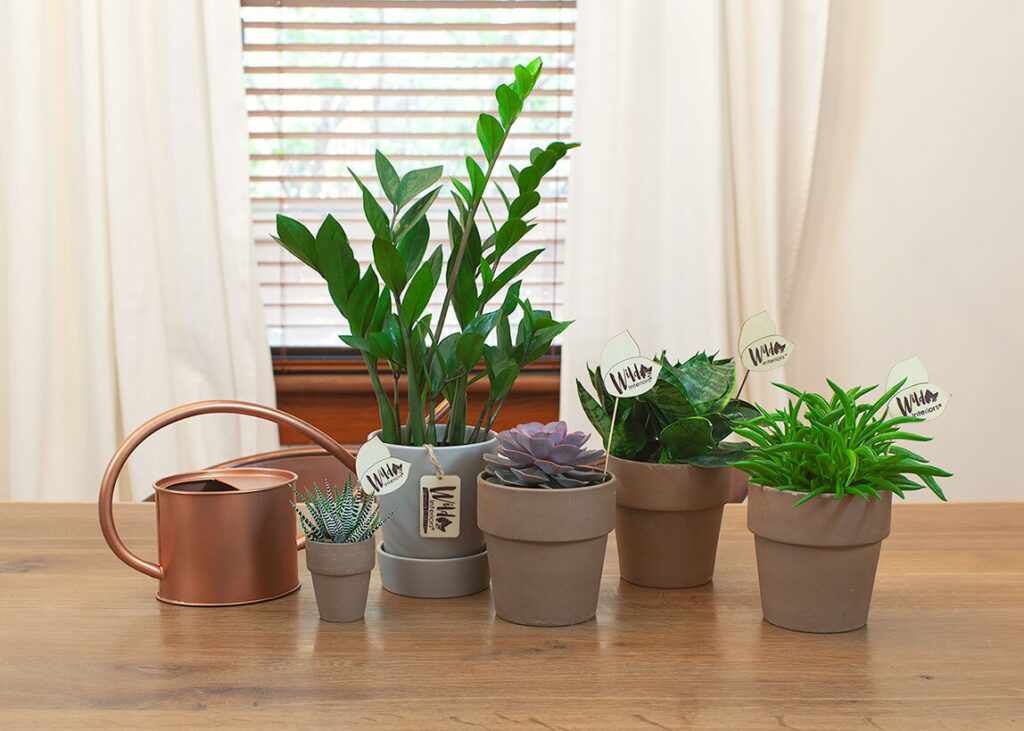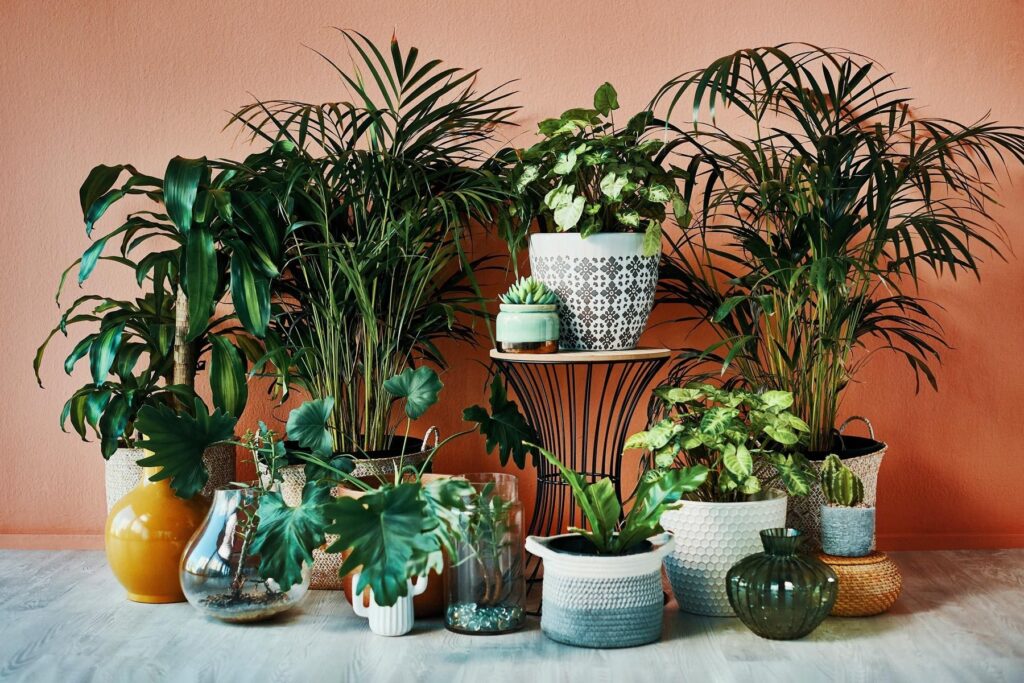Plants have become a popular trend among nature enthusiasts and homeowners alike. Among the various types of plants available, the happy plant has gained immense popularity in recent years. This article aims to delve into the reasons behind the widespread appeal of the happy plant among plant lovers, exploring its origin, key characteristics, and its role in indoor gardening. Additionally, we will provide insights into cultivating and caring for this beloved plant and discuss its future in horticulture.
Understanding the Happy Plant: An Overview
The Happy Plant, scientifically known as Dracaena fragrans, is a fascinating and captivating plant that has a rich history and unique characteristics. Let’s delve deeper into the origin, history, and key characteristics of this remarkable plant.
Origin and History of the Happy Plant
The happy plant is native to tropical regions of Africa, where it thrives in the lush and humid environments. Its history dates back centuries, where it was cultivated by indigenous communities for its multiple uses. In ancient times, the plant was highly regarded for its medicinal properties, and it played a significant role in cultural rituals and ceremonies.
Over time, the Happy Plant found its way into domestic settings, gaining popularity as an indoor plant. Its captivating appearance, with long, slender leaves that arch gracefully, made it a sought-after addition to homes and offices. People were drawn to its vibrant green foliage and the touch of natural beauty it brought to any space.
One of the reasons for the Happy Plant’s popularity as an indoor plant is its ease of care. It is known for its resilience and adaptability, making it an ideal choice for both experienced gardeners and novices. Whether you have a green thumb or struggle to keep plants alive, the Happy Plant can thrive in various light conditions and withstand neglect. Click here for top companion plants to pair with your happy plant for enhanced beauty.

Key Characteristics of the Happy Plant
The Happy Plant’s long, slender leaves are a defining characteristic that adds an elegant touch to its overall appearance. These leaves arch gracefully, creating a visually pleasing display that can instantly uplift the ambiance of any room. The foliage of the Happy Plant ranges from vibrant green to variegated patterns, offering a wide range of options to suit different preferences and interior design styles.
Aside from its aesthetic appeal, the Happy Plant is known for its ability to adapt to various light conditions. It can tolerate both bright, indirect light and lower light levels, making it suitable for different areas within a home or office. This adaptability makes it a versatile choice for those who may not have access to abundant natural light.
Furthermore, the Happy Plant’s resilience to neglect is another reason for its popularity. It can withstand periods of drought and irregular watering, making it a forgiving plant for those who may not have the time or expertise to maintain a strict watering schedule. This low-maintenance nature of the Happy Plant makes it an excellent choice for busy individuals or those who are new to plant care.
As you can see, the Happy Plant is not just an ordinary houseplant. Its rich history, unique characteristics, and adaptability make it a fascinating addition to any indoor space. Whether you’re a plant enthusiast or simply looking to enhance the beauty of your home or office, the Happy Plant is sure to bring joy and tranquility to your surroundings.
The Appeal of the Happy Plant to Plant Lovers
Plants have always held a special place in the hearts of nature enthusiasts and interior decorators alike. Among the myriad of plant options available, the Happy Plant stands out as a favorite choice for many. Let’s explore the reasons behind its popularity and why it has captured the attention of plant lovers around the world.
Aesthetics and Visual Appeal
One of the primary reasons for the Happy Plant’s popularity is its visual appeal. Its lush foliage and elegant form instantly elevate the ambiance of any room. The vibrant green leaves, with their unique patterns and textures, add a touch of natural beauty to any space. Whether placed in a minimalist corner or used as a centerpiece, the Happy Plant effortlessly adds a touch of nature’s tranquility to the surroundings, creating a calming atmosphere.
Moreover, the Happy Plant’s versatility in terms of size and shape allows it to fit seamlessly into various interior design styles. From modern and contemporary to bohemian and rustic, this plant adapts effortlessly, enhancing the overall aesthetic appeal of any space.
Easy Maintenance and Care
Another factor contributing to the Happy Plant’s popularity is its easy maintenance and care requirements. For plant enthusiasts who may not have a green thumb or those with busy schedules, the Happy Plant is a dream come true. It can thrive in a wide range of lighting conditions, although it prefers bright, indirect light. This adaptability makes it suitable for various locations within a home or office.
Furthermore, the Happy Plant is known for its resilience and ability to tolerate occasional watering lapses. This makes it an ideal choice for individuals who may forget to water their plants regularly or those who travel frequently. With minimal effort, the Happy Plant continues to flourish, bringing joy and beauty to its surroundings.

Health and Wellness Benefits
Beyond its visual appeal, the Happy Plant offers several health and wellness benefits. Like many plants, it helps purify the air by filtering out toxins, thus improving the quality of indoor environments. The leaves of the Happy Plant act as natural air purifiers, removing harmful substances and releasing oxygen, creating a healthier and more refreshing atmosphere.
Additionally, the act of caring for plants has been shown to reduce stress levels and enhance overall well-being. The process of nurturing and tending to a living organism can be incredibly therapeutic, providing a sense of purpose and connection with nature. The Happy Plant, with its low-maintenance nature, allows plant lovers to experience these benefits without feeling overwhelmed by complex care routines.
Furthermore, having plants like the Happy Plant in indoor spaces has been linked to increased productivity, improved concentration, and reduced fatigue. The presence of greenery has a positive impact on our mental and emotional well-being, creating a sense of calm and tranquility.
With its captivating beauty, easy care requirements, and health benefits, it’s no wonder that the Happy Plant has become a beloved choice for plant lovers. Whether you’re a seasoned plant enthusiast or just starting your journey into the world of plants, the Happy Plant is sure to bring joy, serenity, and a touch of nature’s elegance into your life.
The Role of the Happy Plant in Indoor Gardening
Enhancing Indoor Spaces with the Happy Plant
The Happy Plant’s versatility extends beyond its visual appeal. It can be used to enhance the overall aesthetics of any indoor space. Whether it be in a modern office setting or a cozy living room, the plant’s vibrant foliage brings life and a touch of natural beauty into the environment, creating a harmonious connection between nature and indoor living.
Imagine walking into a sleek, contemporary office space. The clean lines and minimalist design create a sense of efficiency and productivity. However, something seems to be missing. The space lacks warmth and personality. Enter the Happy Plant. With its lush green leaves and vibrant colors, it instantly transforms the space, adding a natural element that softens the harshness of the modern design. Suddenly, the office feels more inviting, more human.
Similarly, in a cozy living room, the Happy Plant can be the missing piece that ties the entire space together. Picture a comfortable couch, a warm fireplace, and soft lighting. The room exudes comfort and relaxation. But there’s still something missing. The Happy Plant, placed strategically in a corner, brings a burst of life to the room. Its presence adds a refreshing element, reminding us of the beauty of nature and creating a sense of tranquility.
The Happy Plant and Indoor Air Quality
In recent years, concerns about indoor air pollution have become increasingly prevalent. The Happy Plant plays a vital role in combating this issue. Its leaves actively absorb airborne toxins, such as formaldehyde and benzene, commonly found in household products and furniture. By introducing the Happy Plant into indoor spaces, individuals can improve air quality and create a healthier living environment.
Indoor air pollution is a silent threat that often goes unnoticed. We spend a significant amount of time indoors, whether it’s at home, work, or other indoor spaces. Unfortunately, the air we breathe indoors can be more polluted than the air outside. Household products, such as cleaning agents and paints, release harmful chemicals into the air. Furniture made from synthetic materials also emits toxins. These pollutants can have detrimental effects on our health, leading to respiratory problems and allergies.
Enter the Happy Plant, the unsung hero of indoor air quality. Its leaves act as natural air purifiers, absorbing harmful toxins and releasing clean oxygen. The plant’s ability to remove formaldehyde and benzene, two common indoor pollutants, is particularly noteworthy. Formaldehyde is present in many household products, including adhesives, fabrics, and even some cosmetics. Benzene, on the other hand, can be found in gasoline, tobacco smoke, and certain plastics. By having the Happy Plant in your indoor space, you can effectively reduce the levels of these harmful substances, creating a healthier and more breathable environment.
Moreover, the Happy Plant’s air-purifying properties go beyond its ability to remove specific toxins. The presence of plants in indoor spaces has been shown to increase humidity levels, which can alleviate dryness and improve overall comfort. Additionally, the act of caring for a plant can have positive psychological effects, reducing stress and promoting a sense of well-being.

Cultivating and Caring for Your Happy Plant
Ideal Conditions for Growing a Happy Plant
To ensure the successful growth of your Happy Plant, it is essential to provide optimal conditions. While it can tolerate various lighting conditions, placing it in bright, indirect light will promote healthier growth. Additionally, maintaining a temperature range of 60-75°F (15-24°C) and regular watering will help keep your Happy Plant thriving.
Common Issues and Solutions in Happy Plant Care
Like any plant, the Happy Plant may encounter certain issues. Browning or yellowing leaves may indicate overwatering or inadequate drainage. On the other hand, drooping or weak leaves may be a sign of underwatering. Regularly inspecting your plant and adjusting watering and light conditions accordingly will help resolve common care issues and ensure optimal health for your Happy Plant.
The Future of the Happy Plant in Horticulture
Trends in Happy Plant Cultivation
The popularity of the Happy Plant shows no signs of slowing down. As more people embrace the benefits of nature and seek ways to bring greenery into their lives, the demand for the Happy Plant continues to grow. Nurseries and horticultural enthusiasts are responding to this trend by offering a wide variety of cultivars, ranging from different leaf colors to compact versions suitable for smaller spaces.
Innovations in Happy Plant Care and Maintenance
Continual advancements in horticulture are paving the way for innovations in Happy Plant care and maintenance. From nutrient-rich soil amendments to automated watering systems, these innovations aim to simplify the care process and ensure the health and longevity of the plant. These advancements make it easier than ever for plant lovers to enjoy the happiness that the Happy Plant brings without requiring extensive knowledge or experience in gardening.
In conclusion, the rise in popularity of the Happy Plant among plant lovers can be attributed to its captivating appearance, easy maintenance, and numerous health benefits. Its role in indoor gardening goes beyond aesthetics, contributing to improved air quality and enhancing indoor spaces. By understanding the ideal conditions for cultivating and caring for the Happy Plant, enthusiasts can enjoy its beauty and benefits for years to come. As horticultural trends evolve, innovations in care and maintenance continue to make the Happy Plant accessible to all, ensuring its place as a beloved plant among nature enthusiasts worldwide.

